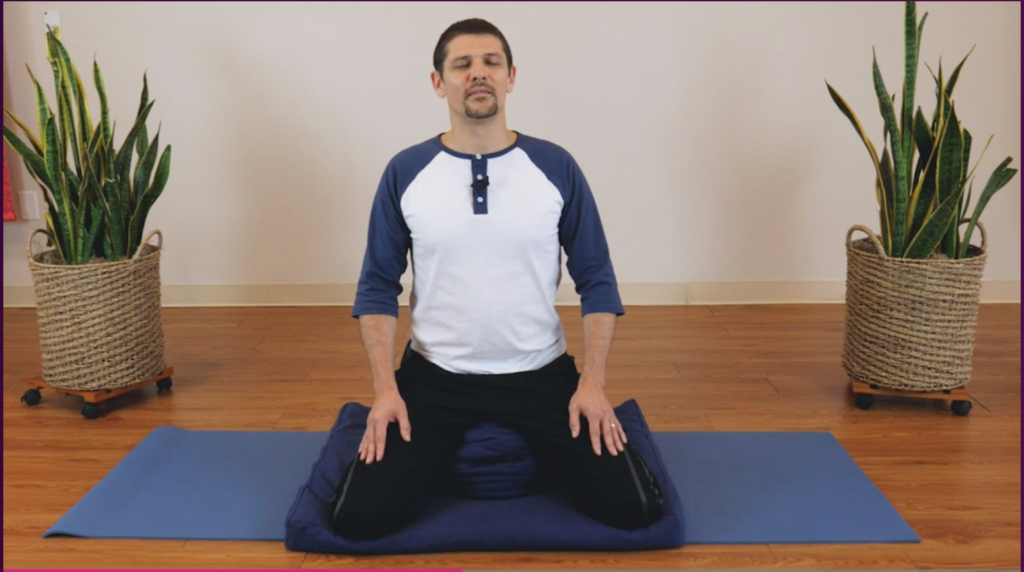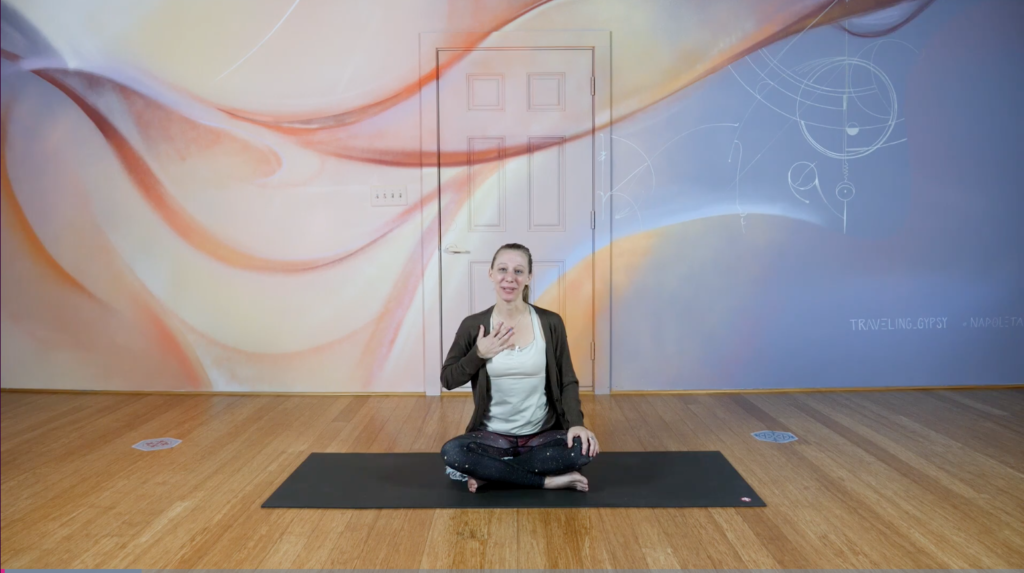
How Guided Meditation Can Help Us Take a Break From Stress
It may be the understatement of the century to say that we’re living in stressful times. From the pandemic to societal injustices and pretty much everything in between, there’s a lot of negativity that’s vying for our attention, and it can all become pretty overwhelming. The thing is though, we’re humans, and we’re not built to handle that much stress all the time. Seriously – it’s not good for us. But instead of simply just living with the stress of today, there are several ways we can step back and give our brains a break. From yoga to enjoying a home-cooked meal, there are so many awesome and creative ways to distance ourselves from stress. Today, we’ll be zooming into the practice of guided meditation. Keep reading to learn how this simple practice can transform your self-care routine for the better.
What is guided meditation?
Unlike traditional meditation, which is self-guided, guided meditation is led by someone else. For many of us who struggle to keep our minds focused and on-track, having someone else leading the way can be really helpful.
Some forms of guided meditation may include visualization, in which you’re asked to think of imagery within your mind’s eye. Other practices are breath-based. Depending on which practice you choose, you may encounter a variety of different routines.
Guided meditation for anxiety
When it comes to managing anxiety, research has shown that a consistent meditation practice can help reprogram neural pathways in the brain, which ultimately makes it easier to regulate emotions. Through a guided practice (like the ones we’re about to show you), we can become more familiar with our emotions and triggers, and create a healthier, more understanding relationship with our anxiety.
Our favorite practices
Mindfulness Meditation: Open Awareness by Jude Johnson

In this style of meditation you will allow your awareness to be free and will practice bringing awareness to the thoughts and feelings that arise. Beginner to advanced practitioners alike will find this style of meditation both approachable and effective.
Meditation to Choose Joy by Grace Millsap

Sometimes the title says it all. There are a full range of emotions for us to experience in life, and while they all have a purpose to serve, this meditation invites you to sit down for ten minutes and choose one — joy. Revisit as needed!
Yoga Nidra to Stay Centered by Alex Moody

This practice will focus on how to connect to both the right and left sides of the somatic experience and brain so that we can stay centered. Yoga Nidra—or “yogic sleep”—is an ancient, restorative practice that shares similarities with a guided meditation. Although the word “sleep” is in the title, it isn’t necessarily the goal of yoga Nidra. It can be done at any time of day, whether you’re feeling scattered, stressed, or low on energy and need a reset—though you certainly don’t need to be feeling “off” to reap the benefits of the practice! Yoga Nidra is traditionally practiced laying down but can be done seated. Mainly you just want to be comfortable and warm!